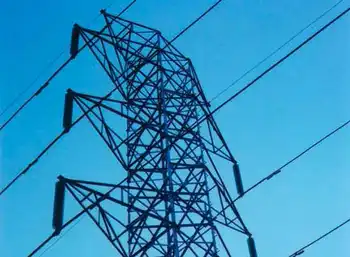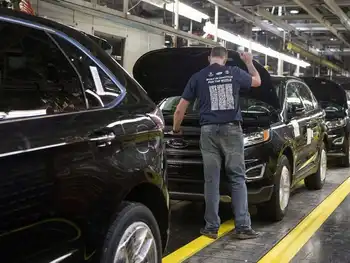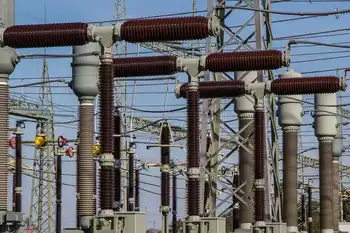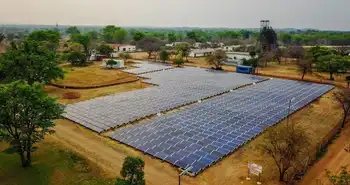Clean energy still has a long way to go
By St. Petersburg Times
CSA Z463 Electrical Maintenance -
Our customized live online or in‑person group training can be delivered to your staff at your location.

- Live Online
- 6 hours Instructor-led
- Group Training Available
It may also take a liberal definition of "clean."
Obama's plan is to force the generation of electricity from coal and natural gas, which together account for 70 percent of the nation's fuel mix, to get cleaner. At the same time, the government would spur the growth of nuclear power and renewables like wind and solar.
The president also pointed to biofuels as a way to "break our dependence on oil" and predicted the country would have 1 million electric vehicles on the road by 2015.
But what exactly will be considered clean or dirty is not yet known. The answers will depend on whether the concern is greenhouse gases like carbon dioxide or hazardous chemicals like mercury and sulfur dioxide - or, most likely, some combination of both.
It will also depend on whether the environmental hazards caused by mining coal or uranium, drilling for gas or plowing new fields to grow biofuel crops will be considered along with the hazards of burning them for power.
Obama's "clean energy standard" differs from renewable energy standards adopted by many states by making room for nuclear power and fossil fuels like coal and natural gas. Under the plan, nuclear and renewable sources would count toward federal clean energy requirements while what Obama calls "efficient natural gas" and "clean coal" would get partial credit toward the requirements.
"If your objective is to minimize emissions of greenhouse gases or emissions of other pollutants, a clean energy standard makes more sense than a renewable energy standard," says Hugh Wynne, an analyst at Sanford C. Bernstein & Co.
Here's what Obama's plan could mean for today's energy sources:
Coal: Coal accounts for 45 percent of the nation's electricity generation - but 81 percent of the carbon dioxide emissions and 94 percent of the emissions of sulfur dioxide. To meet the president's goal, conventional coal generation must be cut by more than half. Some companies aim to capture carbon dioxide and store it underground, but this so-called clean coal technology is proving extremely difficult and expensive to do on a large scale.
Natural Gas: Burning natural gas produces about half of the carbon dioxide of coal, and almost none of the hazardous chemicals. It is also now plentiful in the United States, as a result of new drilling techniques and discoveries, although those drilling techniques are raising some environmental concerns.
Nuclear: The nation's 104 nuclear reactors provide about 20 percent of the nation's electricity, and at extremely low cost. Generating nuclear power produces no carbon dioxide, but mining for uranium does, and there is still no long-term plan for storing radioactive waste.
And the cost of a new reactor is prohibitive. Even companies in line for federal loan guarantees to build one are shying away because of the cost.
Wind and Solar: Wind energy produces about 2 percent of the nation's power. With current subsidies, wind can compete with conventional electricity when electricity prices are high. But electricity prices have fallen because natural gas prices have dropped. This has badly stunted the growth of the wind industry.
Solar, while more expensive than wind, is growing with the help of state subsidies. But it currently produces less than 1 percent of the nation's electricity.
Biofuels: The federal government is already backing biofuels three ways. It offers tax credits, it mandates that refiners use a growing amount of it, and it bars imports. Corn ethanol is now nearly 10 percent of the nation's fuel mix and has reduced gasoline demand. But environmentalists and policymakers say it produces more greenhouse gases than gasoline. The biofuels industry hasn't been able to produce so-called advanced biofuels, which come from nonfood sources and produce fewer greenhouse gases, despite federal mandates to do so.
Electric Vehicles: To reach Obama's goal of 1 million electric vehicles on the road by 2015, automakers would have to sell 200,000 per year between now and then, about 2 percent of annual new vehicle sales. JD Power and Associates predicts sales of fully electric vehicles will be just half that level by 2020.











